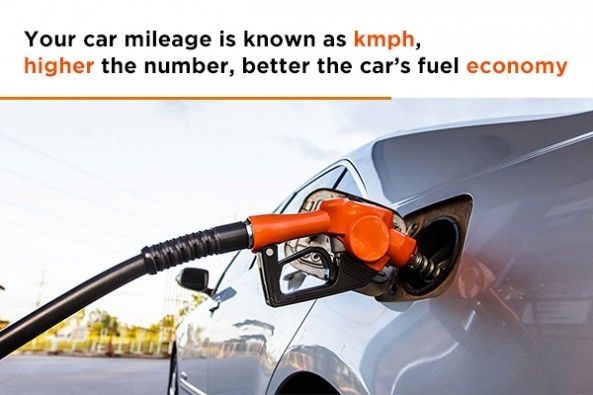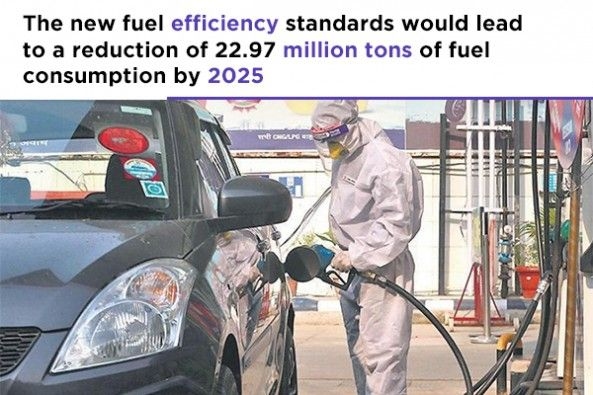General Help
Get information about our website or Droom services
Every Indian would remember the famous advertisement of Maruti Suzuki where the consumer asks the dealer “Kitna Deti Hain”. The dealer reveals everything from features to the interiors, but the consumer was only interested in the fuel economy. The advertisement was an illustration of how the consumers worldwide are concerned about the fuel efficiency of the car that they are purchasing. We all know SUV’s fuel mileage is low, but the consumers would still be inquiring in regard to the fuel economy. Your car mileage is related to kilometres per litre, higher the number, better the car’s fuel economy. In this article, we will help you understand the meaning of fuel efficiency, how it is calculated and how one can improve it further.
What is the meaning of Fuel Economy?
Fuel economy means the number of kilometres a car travels using a specific amount of fuel be it diesel or petrol. So, if a car's fuel economy is on the higher side, it means that the consumption will be less. As a result, the user benefits in terms of overall cost effectiveness of the vehicle. For an electric vehicle, fuel efficiency can be calculated according to the distance it travels on a single full charge. Sometimes, when we look up terminologies like car fuel efficiency and fuel economy, most of us are under the impression that they are same. But these terms are quite different as efficiency means the amount of fuel consumed in powering the vehicle rather than telling how far the vehicle will go in a certain amount of fuel.

How is fuel economy calculated?
The Government of India, Ministry of Power, issued average fuel consumption guidelines for passenger cars on April 23, 2015. These fuel consumption standards came into practice from 2017-18 onwards, and the second set of standards come into play from 2022-23. The standards are taken into context of Corporate Average Fuel Consumption (in litres/100 km) to the Corporate Average Kerb Weight of all the cars sold by a manufacturer in a fiscal year. The fuel consumption is measured under standard conditions at ARAI certified labs over the national driving cycle. As per the government, the new fuel efficiency standards would lead to a reduction of 22.97 million tons of fuel consumption by 2025.
How can one calculate fuel economy for their car?
First, you need to count the kilometres you drove and how much fuel was consumed during the trip. Just divide the distance travelled by the litres of fuel consumed, you will get a fair calculation of the mileage of your trip.

Tips for improving fuel economy
As we know, the fuel economy of a car is based on standardized tests conducted by ARAI (Automotive Research Association of India). It would vary in real-life situations due to a variety of factors like maintenance, service, quality of fuel, driving habits, road conditions, among others. It is important to note that weather conditions also affect the fuel economy. According to the U.S. Environmental Protection Agency, temperatures below minus 6 degrees celsius can lower the vehicle’s fuel economy by as much as 34% in some circumstances.